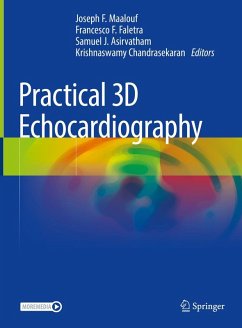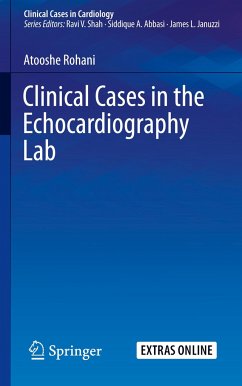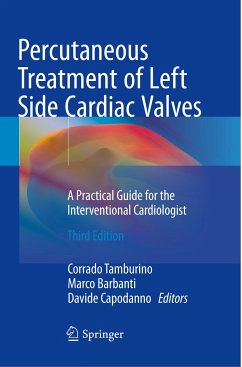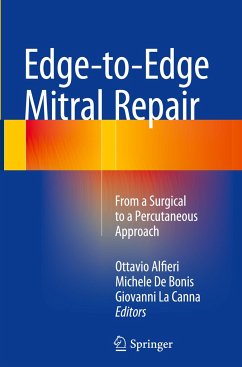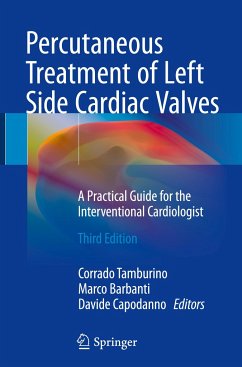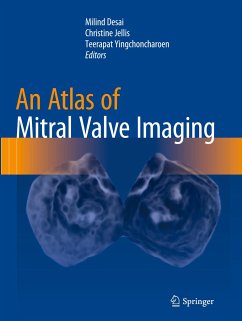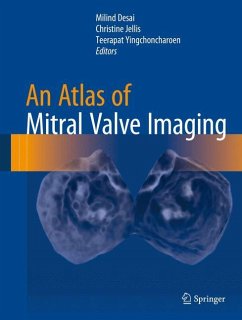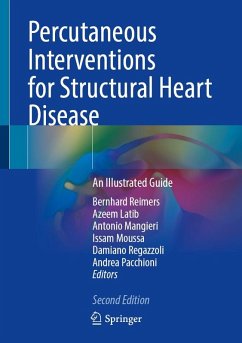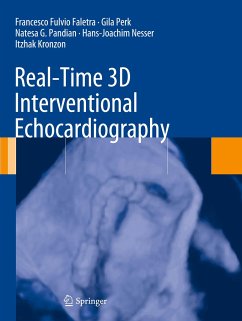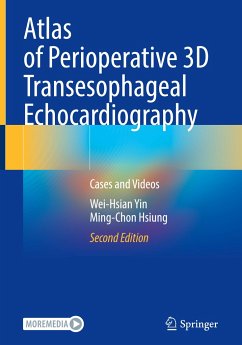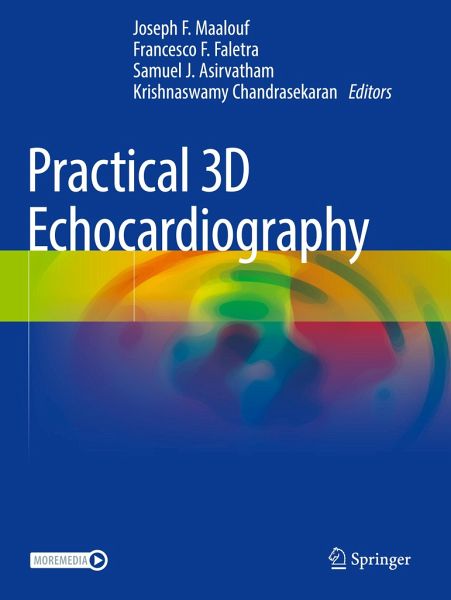
Practical 3D Echocardiography
Versandkostenfrei!
Versandfertig in 1-2 Wochen
90,99 €
inkl. MwSt.

PAYBACK Punkte
45 °P sammeln!
This extensive clinically focused book is a detailed practical 3D echocardiography imaging reference that addresses the concerns and needs of both the novice and experienced 3D echocardiographer. Chapters have been written in a highly instructive and practical disease- and problem-oriented approach supported by illustrative high-quality images (and corresponding 3D echo video clips where applicable) that demonstrate the incremental value of 3D echocardiography over 2D echocardiography in practice.Practical 3D Echocardiography is an intuitive guide to 3D imaging - what to look for, how to look ...
This extensive clinically focused book is a detailed practical 3D echocardiography imaging reference that addresses the concerns and needs of both the novice and experienced 3D echocardiographer. Chapters have been written in a highly instructive and practical disease- and problem-oriented approach supported by illustrative high-quality images (and corresponding 3D echo video clips where applicable) that demonstrate the incremental value of 3D echocardiography over 2D echocardiography in practice.
Practical 3D Echocardiography is an intuitive guide to 3D imaging - what to look for, how to look for it, the best and special views, caveats and pitfalls when applicable, and clinical pearls and pointers - that can be used in daily practice. It is therefore of immense value to any practicing or trainee echocardiographer, cardiologist and internist.
Practical 3D Echocardiography is an intuitive guide to 3D imaging - what to look for, how to look for it, the best and special views, caveats and pitfalls when applicable, and clinical pearls and pointers - that can be used in daily practice. It is therefore of immense value to any practicing or trainee echocardiographer, cardiologist and internist.



